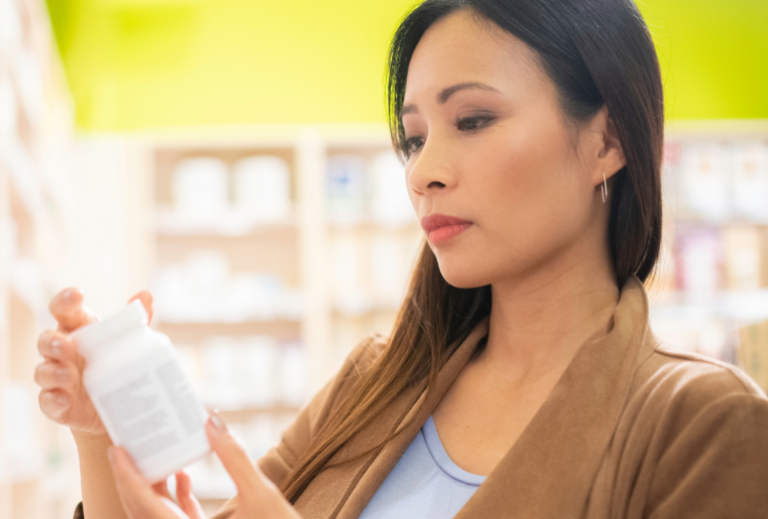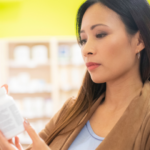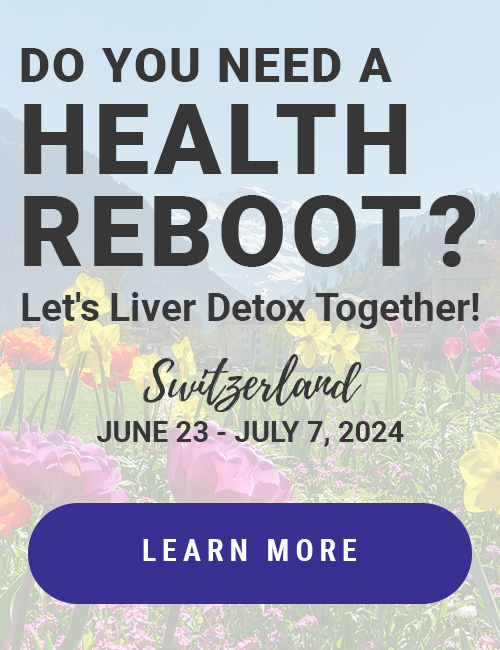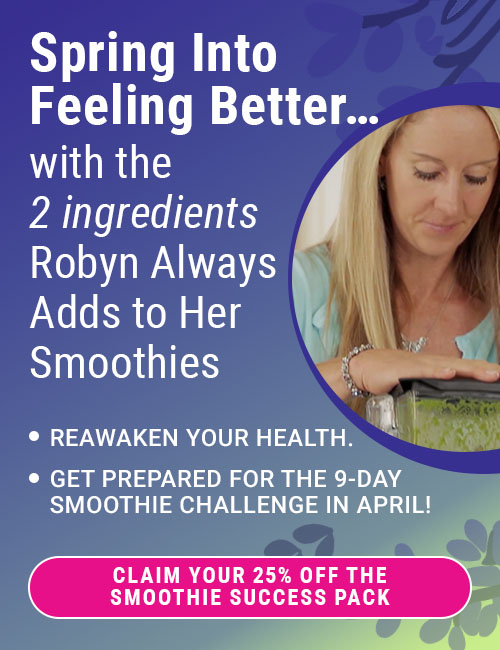This Is What’s Actually In Your Supplements

Shellack, plastics, heavy metals, petroleum products, and solvents.
All of these are used in the vast majority of the supplements North Americans are buying. Like 99% of them.
And what’s the “nutrient” in your actual supplement? You probably won’t believe the following list. But I’m going to tell you; please feel free to fact-check me:
Vitamin D: the grease from sheep’s wool
Vitamin C: an industrial byproduct of GMO corn (and ascorbic acid isn’t even actually “Vitamin C”--fact-check me by looking it up in PubChem)
Vitamin A: Byproducts of the fish industry, or processed palm oil, and acetone (nail polish remover) (this is not the “Vitamin A” found in food at all)
Vitamin B1: coal tar, ammonia and acetone
Vitamin B2: GMO lab-made bacteria, acetic acid, and acetone
Vitamin B3: coal tar, ammonia, formaldehyde
Vitamin B5 (“niacin”): isobutyraldehyde, formaldehyde, often alcohol (and you wonder why people turn red, which is in no way a “detox”)
Vitamin B6: petroleum ester, hydrochloric acid, formaldehyde
Vitamin B7: fumaric acid
Vitamin B9: petroleum products, chemical acids and acetylene (and it’s folic acid, not the folate found in food, not the same at all)
Vitamin B12: cobalt (heavy metal) and cyanide
Choline: ethylene, ammonia, hydrochloric acid
Vitamin E: processed oils, rancid long before you use them, and several chemicals
Vitamin K: coal tar, GMO hydrogenated soybean oil, hydrochloric acid, nickel (heavy metal)
Don’t believe me? This isn’t easy to find by googling.
For the book we are writing, we are struggling to get the “straight skinny” on some products.
For instance, I cannot get a single “vegan Vitamin D” company to tell me how they make their product, and whether solvents and other chemicals are involved. The base is some kind of byproduct of algae.
It seems to me that if they’re not using solvents and heavy metals as that entire list is, above–they’d tell me so.
Another reason maybe they don’t write me back is that there are so many companies involved in the supply chain. From the coal-tar supplier, to the manufacturer, to the transport companies, the distribution companies, the private-labeling companies, and the marketers.
Would you eat an orange if it was passed around to 8 different companies before it finally made it to you, 6 months to two years later? No? Well, think of the preservatives and stabilizers that must be used, to keep those pills from going bad like an orange would.
But you CAN learn this stuff–please do fact-check me. You will not learn this stuff from your functional medicine doctor.
How many doctors do you think research all the companies who touched the product she sells, and what they did to the product?
Some of you will send this to your FMD, and I will get angry messages or comments below from them.
But in all fairness, it’s not that they’re bad people scamming you; they just literally don’t know what I’m telling you here. They trust these billion-dollar companies who put your doctor’s labels on customized orders for them.
Because there are dozens of companies in between your practitioner, and the synthetic product shipped out in large vats mostly from India and China.
Your functional medicine doc just bought the marketing pitch from some billion-dollar company, and put his label on it. (Or not. Maybe he just buys wholesale from Standard Process, where he gets a great markup / profit margin on a cheap product.)
It’s what monetizes. Your $129 office visit might be once a year, but your “Vitamin D” autoship is recurring revenue. Your practitioner isn’t entirely to blame! She also feels compelled to provide what patients want. Who wants to make diet and lifestyle change, when you could take several pills instead, in one big gulp?
Your functional medicine doc is under pressure. Her patients actually WANT to leave the clinic with $800 of Hopium, even if they might gripe about the price tag.
Some people are reading this and getting really mad. Because if they take it, they want to believe it’s good. (Hey, where have we seen that before? 2021, anyone?)
I wish I weren’t telling the truth here. But I am. I haven’t written the manifesto here, only a few pieces of the puzzle–but I’m working on it. And yes, it will have references.
This blog post is just the “Cliffs Notes” from the BOOK on what’s really in your supplements, that I’m working on with a co-author.
I’m going to prove all of this to you, and I will have to self-publish the book because my previous publishers would not touch this subject with a ten-foot pole.
Why? These products are made and distributed, as raw materials, often assembled in the U.S. but made mostly in labs in India and China, for pharmaceutical companies. The most powerful and lucrative industry on Earth.
Chinese and Indian companies then ship raw materials to middlemen, who put labels on 5 bottles or 100 bottles for your chiropractor or naturopath. As well as larger companies that sell via influencers’ and marketers’ affiliate links.
Pharma knew by the 90’s there would likely be more money in “nutraceuticals” than in drugs, by the 21st century.
My last publisher was one of the “big six” publishers in the U.S. and I got a large six-figure advance.
To bring this book to you, I’ll be financing and publishing this myself. There’s just no way a publisher would agree to put this book out there.
You’ve been living in the 21st century for a quarter of a decade now, since supplements became possibly even more lucrative for manufacturers and middlemen than drugs are.
What you may THINK of as “natural,” likely is not in any way natural.
The ingredients of the “vitamins” in my list above? They and others made with byproducts of many industries, sold to you as “nutrients,” comprise over 99% of the “supplements” sold in North America today.
Read them again, above, and then imagine what you’re actually taking in a “B Complex” blend, or a “multivitamin!”
Sit and think for one minute about how an orange has dozens of known nutrients in it.
And ask yourself, how did they isolate just ONE of those nutrients, and put it in a pill, with a shelf life of a couple years?
(Remember, the raw materials have their own shelf life. If you put your raw material on the last day of its two-year shelf life, you’re golden. You can still give your final product a two-year expiration date, or none at all.)
The whole concept is actually ludicrous on its face, but in our high-trust society, most of us have just never thought about that.
Petrochemicals, solvents, shellac, heavy metals, plastics–they’re in 99% of the supplements you thought were natural–because, well, someone you admire promotes them, and because you didn’t get a prescription to buy them, so they must be “natural,” then, right?
That is some very flawed thinking. I used to think the same. Before I really thought about it, and started researching.
Dried, organic, wildcrafted herbs made by a couple of holistic grandmas with a small farm? That is so 1970.
They still exist, even if they’re endangered species. The list above and “nutraceuticals” like them are only 99%+ of the supplements you may be buying on Amazon, Vitacost, or from your practitioner.
A really good supplement and a really good privately owned company who deeply cares about the same quality you do–is beyond rare. (In case you’ve ever wondered why, after 18 years, GreenSmoothieGirl has only two supplements–well, now you know.)
Billion-dollar companies sit around boardrooms and on the manufacturing floor trying to figure out how to minimize costs to improve profit margin. The little clinic you go to? They didn’t make their own product. They bought it from one of the huge companies.
Ever wonder why your “holistic” friends taking 40 pills a day aren’t healthier than your friends on 5 prescription drugs? (Unless they’re also eating a lot healthier. Sometimes they are.)
But take note of how our friends taking the 40 “natural” pills have persistent health problems despite very meticulously trying to cover all their bases with “supplements.”
They tend to be highly educated, they read a lot, and they’re very serious about their health. That’s what’s so sad about this whole topic.
I wonder how much healthier they’d be if they WEREN’T eating handfuls of petrochemicals and metals and plastics! They’d also have more income to spend on better things.
NAC? DMSO? Melatonin? Fish oil? Feel free to write GreenSmoothieGirl or me personally on Facebook with a supplement if you want to learn more about what’s REALLY in it. (Spoiler alert: all of those are just as problematic.)
While I won’t be able to answer all, I’ll read them all, and we are researching as many products as we can in our work for this book. People send me links to products they have questions about, every day.
And I am deeply sorry that I cannot research or know every brand. Just be aware that for every order of 40-gallon ascorbic acid drums shipped out of China, there are tens of thousands of small brands eventually putting their label on it.
Your “holistic” practitioner isn’t a scam artist; she just literally doesn’t know.
Well, this might get me kicked right off Substack. I’m calling out the elephant in the room. This won’t be popular with pharma, with functional medicine, or with people who had some short-term result from some pill.
(We’ll cover that topic too: how a pill that gets a short-term result in a symptom or lab number, even if it doesn’t actually help you, is the “holy grail” for manufacturers and marketers. Most don’t even get a short-term result.)
I know this wasn’t a comprehensive or well documented piece, my friends. This is a quick summary and an op-ed piece. I know this leaves you wanting more.
But I am working that up, and like I said, it won’t be a blog post–it’ll be a book.
PS: If you are convinced about synthetic vitamins, but not convinced you get enough from food, a company called Pure Synergy uses (see ingredient lists) only whole-food and superfood ingredients high in the nutrient on the bottle. A rare company uses good ingredients, but shelf life will be short.

Disclosure: This post may contain affiliate links that help support the GSG mission without costing you extra. I recommend only companies and products that I use myself.
Posted in: High-Vibe Living, Lifestyle, Mind/Body Connection, Natural Products, Preventive Care, Stress Management, Uncategorized















No comments found, but you can be our first!